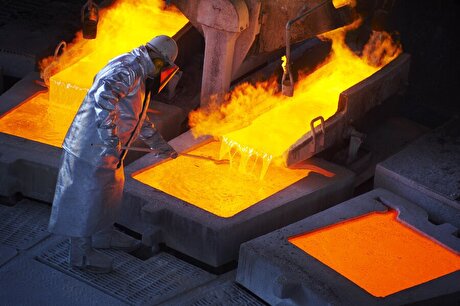
Production sector accounts for over 40% of employment in free zones
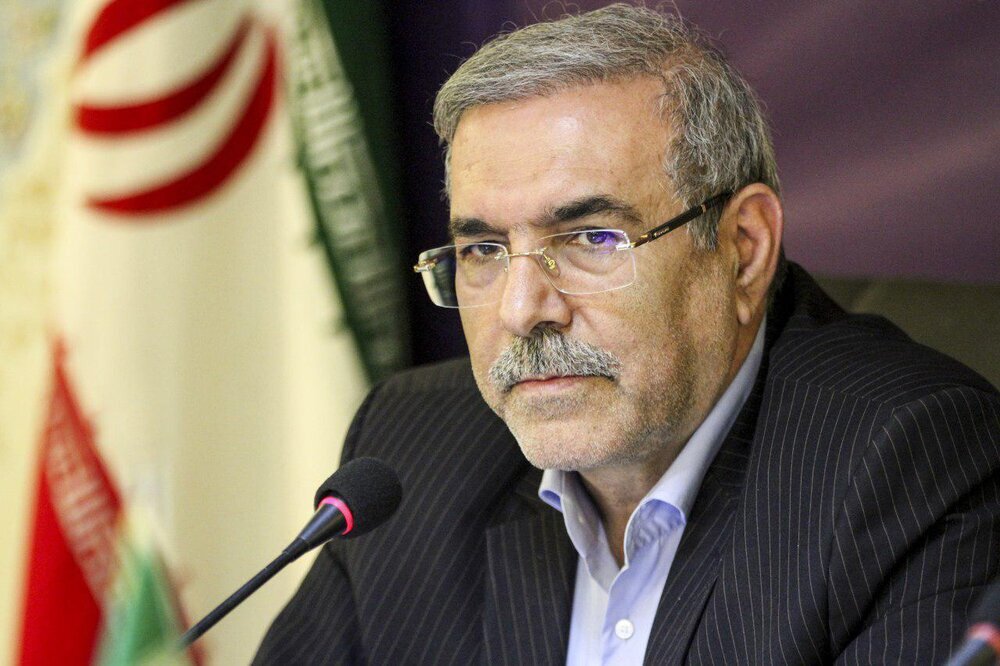
Speaking in a live radio program on Sunday morning, the official also announced that the services sector account for over 30 percent of the employment in the FTZs, IRIB reported.
Bank further said that the figure for the production sector employment is 95 percent in the special economic zones.
He said that the whole investment in the special economic zones is made in the production sector and by the private sector.
The official has previously announced that the value of exports from Iran’s free trade zones and special economic zones stood at $17 billion during the past Iranian calendar year (ended on March 19).
He said that commodities worth $5 billion produced in these zones have been sent to different areas in the country during the previous year.
Bank put the value of products imported to the free trade zones and special economic zones at $5 billion in the past year.
Emphasizing that the value of imports to these zones is very low compared to the worth of exports from them, the official said, “We are planning to reach the same level of exports in the current year as well.”
The secretary of Free Zones High Council further mentioned the implementation of delayed projects as one of the major programs of this council and said, “We hope that we can put many production and service companies into operation by the yearend.”
Referring to the 310 development projects, which are planned to be implemented in the free zones in the current year, the official expressed hope that these projects will be put into operation by the yearend, creating jobs for 40,000 to 45,000 persons.
Considering the important role that the free zones play in promoting the country’s export and employment, Iran is seriously pursuing development of its existing free zones and establishment of new zones as well.
More development measures in this field have been taking since the U.S. re-imposition of sanctions on the Iranian economy in November 2018, as Iran is reducing its dependence on the oil income while elevating its domestic production and non-oil exports.
Although the sanctions have disrupted Iran’s economic activities, they could not impede the development of Iranian free zones; in fact, the development of these zones has been even accelerated.
Many strides made for increasing activities in the free zones have played a significant part in boosting the country’s non-oil exports and brought prosperity in the other economic sectors.
The secretary of Free Zones High Council also said, “We have started the creation of some infrastructure for the production activities since the past year which will increase production and investment making in these zones.”
Development of the existing free zones and establishment of new zones is currently one of the major economic approaches of Iran and in a bid to attract more investments to these zones Iranian government offers various incentives to the investors.
Tax exemption is one of those incentives which has been offered for more than a decade to the investors in the free zones.
Such incentives have encouraged investment making in these zones.
Putting the value of investments made by the private sector in the free zones at 100 trillion rials (about $2.38 billion) plus $200 million in the past year, Bank expressed hope that the amount of private sector’s investment making in these zones will increase 50 percent in the current year.
He also said that investment making by the private sector in the free zones has risen 70 percent in the past year from its preceding year.


Trump weighs using $2 billion in CHIPS Act funding for critical minerals

Codelco cuts 2025 copper forecast after El Teniente mine collapse

Electra converts debt, launches $30M raise to jumpstart stalled cobalt refinery

Abcourt readies Sleeping Giant mill to pour first gold since 2014

Barrick’s Reko Diq in line for $410M ADB backing

Nevada army depot to serve as base for first US strategic minerals stockpile
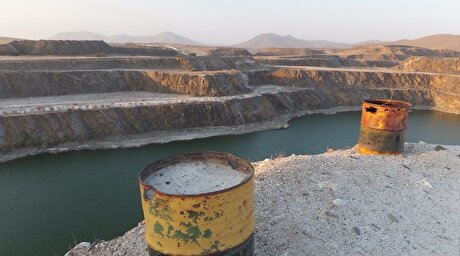
Tailings could meet much of US critical mineral demand – study

Viridis unveils 200Mt initial reserve for Brazil rare earth project

SQM boosts lithium supply plans as prices flick higher
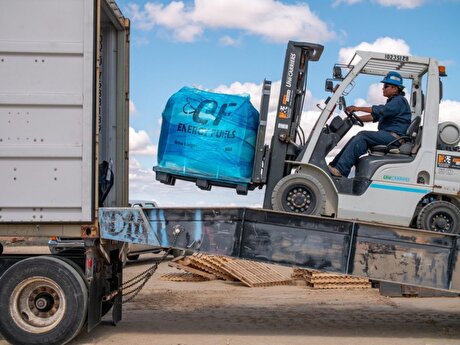
Energy Fuels soars on Vulcan Elements partnership
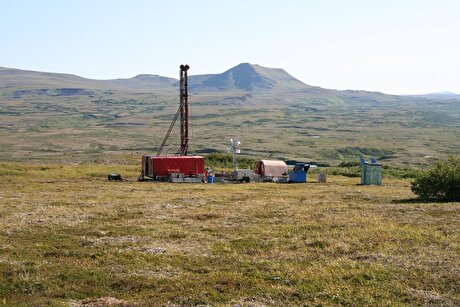
Northern Dynasty sticks to proposal in battle to lift Pebble mine veto

Giustra-backed mining firm teams up with informal miners in Colombia
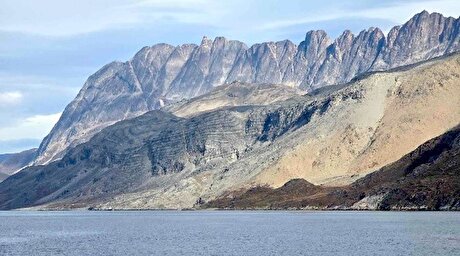
Critical Metals signs agreement to supply rare earth to US government-funded facility

China extends rare earth controls to imported material
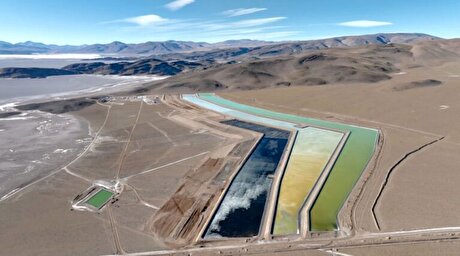
Galan Lithium proceeds with $13M financing for Argentina project

Silver price touches $39 as market weighs rate cut outlook

First Quantum drops plan to sell stakes in Zambia copper mines
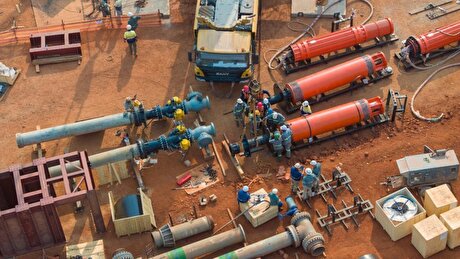
Ivanhoe advances Kamoa dewatering plan, plans forecasts

Texas factory gives Chinese copper firm an edge in tariff war

Energy Fuels soars on Vulcan Elements partnership

Northern Dynasty sticks to proposal in battle to lift Pebble mine veto

Giustra-backed mining firm teams up with informal miners in Colombia

Critical Metals signs agreement to supply rare earth to US government-funded facility

China extends rare earth controls to imported material

Galan Lithium proceeds with $13M financing for Argentina project

Silver price touches $39 as market weighs rate cut outlook

First Quantum drops plan to sell stakes in Zambia copper mines

Ivanhoe advances Kamoa dewatering plan, plans forecasts

